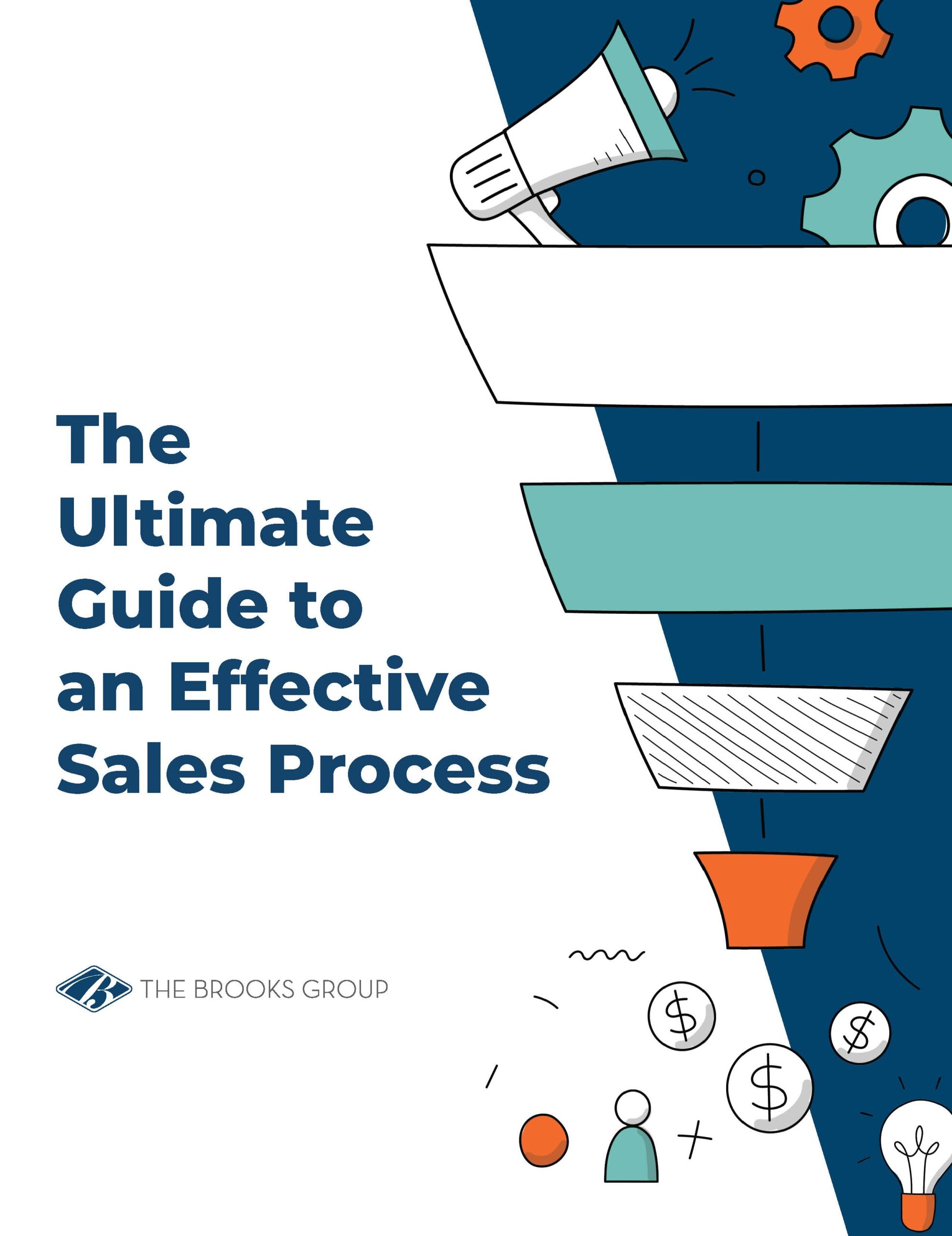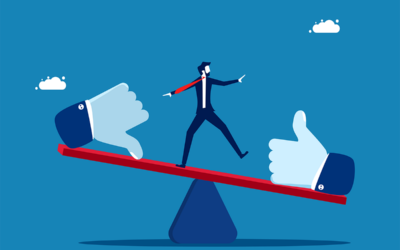B2B buyers today see many products and services as commodities: items that seem equivalent no matter who produces them. This is when a value-based selling approach—the ability to add value to your product or service—is critical.
For example, you could put Lee and Levi’s in the same category of durable, affordable, classic jeans. But both of these 100-plus-year-old brands have built passionate fanbases. Without the intangible value conferred by the label, the choice would come down to personal preference and price.
In the absence of value-added components, the sale of virtually any offering depends on the bottom line. But when you only sell on price, margins are slim. Profitability and long-term growth are more of a challenge.
Value-based selling is more important now than ever. This post shows how sales professionals can differentiate themselves and your company by building value in the eyes of your prospects and customers.
10 Steps to a Value-Based Selling Approach
Here are 10 ways sales leaders can add value-based selling to their team’s sales process.
1. Provide Expert Advice
One way to add value is to show your expertise about your product, your industry, and your customers’ needs. Your sales professionals can differentiate themselves with advice and strategic support that is more sophisticated, helpful, and knowledgeable than your competition. This means keeping up with the changes in the market and industry best practices to position your team as subject matter experts.
2. Bundle and Package Products
Creating custom product packages, purchasing tiers, or other benefits can add significant value. These add-ons can create upselling and cross-selling opportunities, increase the value of the product or service, and help differentiate you from the competition.
3. Increase Service Levels
You can add value not only by delivering great customer support, but by adding service tiers based on a customer’s size, purchase frequency, or deal size. This helps your customer maximize the value derived from your product and increases your margins.
4. Offer Frequent Buyer Programs
Reward returning customers with additional services, added benefits, memberships, points toward future sales, or access to exclusive resources. Motivated customers will want to reap the rewards of a long relationship and repeat purchases.
5. Support Change Management
You want to ensure customers are getting the most value from their purchase. As new customers come on stream with your organization, you can add value by providing a transition team to help them manage change, encourage internal adoption, and fully adopt the features and benefits of your product. This increases customer satisfaction and strengthens long-term relationships.
6. Recognize and Reward
Another way to add value is to recognize customers for their ability to use your product or service and maximize its potential. You reward them for being excellent customers. For example, you can create a “Hall of Fame” and call out high achievers. This is a fantastic way to generate goodwill and help customers share their professional accomplishments.
7. Offer Preferential Treatment
Some customers deserve more. Provide higher quality products or other extras based on their purchase level or involvement with the company. Pamper these preferred customers with a more sophisticated level of service, extra support, or dedicated phone lines, for example. These extras will make your best customers feel appreciated and improve the likelihood of repeat business.
8. Dedicate Personnel
Add value by dedicating account managers to handle customers’ needs personally. This works particularly well if you sell a technical product or service. The more familiar someone at your company is with a customer’s account, products, machinery, equipment, and organization, the easier it is for your customer to do business with you.
9. Speed Up Delivery
One way to differentiate yourself and add value is to guarantee on-time delivery or deliver faster than the competition. On-time delivery is a key component for charging maximum pricing. It allows your customer to fulfill production quotas and forecast sales, inventory, and operation planning (SIOP) accurately.
10. Educate and inform
Both new and repeat customers can benefit from ongoing education and support. A common way to add value throughout the lifecycle of your customer is to share product-related education and industry trends. A simple link to a relevant article, video, or white paper can go a long way toward showing your customer you’re thinking about them and that you want to help them succeed.
Differentiate Through Value Selling
Sales leaders can use these 10 ways to incorporate a value-based selling approach into their team’s day-to-day sales process and get a step ahead of the competition. With creativity and an in-depth understanding of your customers, your sales professionals can build the value of working with your company and generate long-term results.
Learn More: Find out how to add value-based selling to your sales process through The Brooks Group IMPACT Selling® training and development programs.
Guide Download
The Ultimate Guide to an Effective Sales Process
In this guide, we’ll cover everything there is to know about using a sales process, and how to select the right sales process for your organization.





